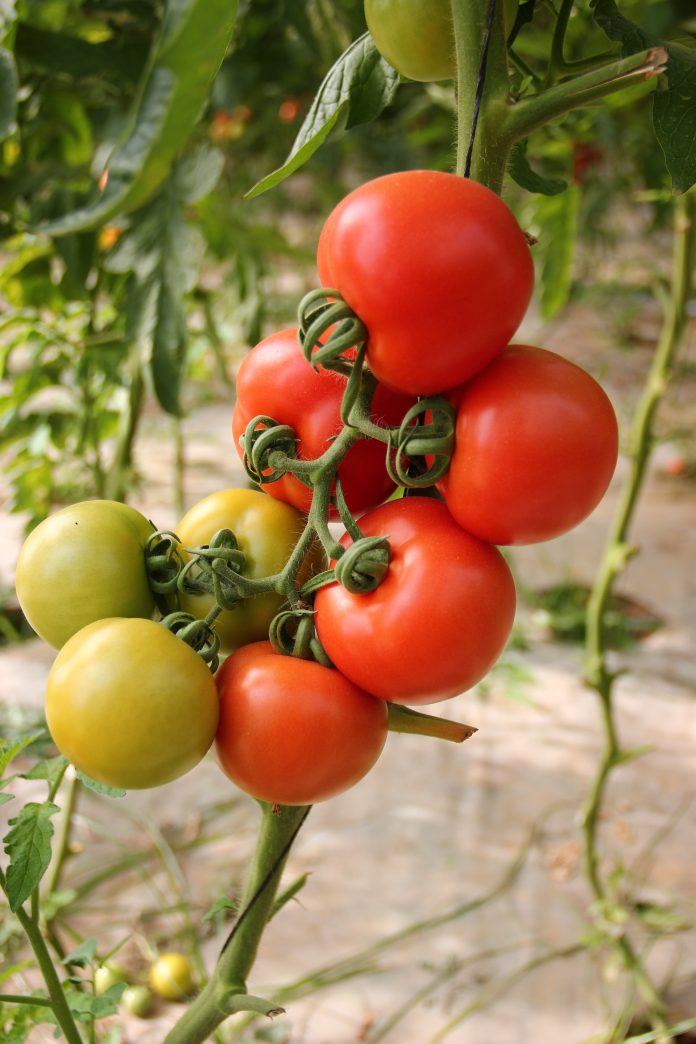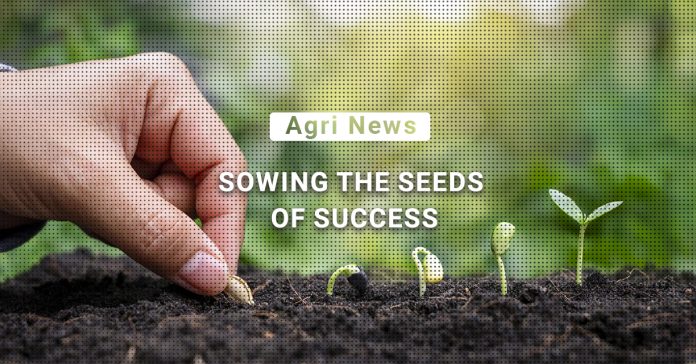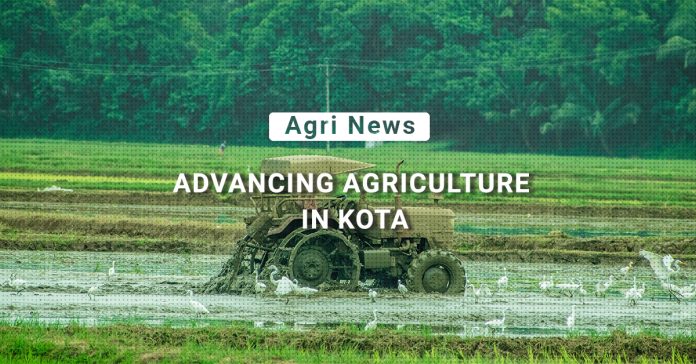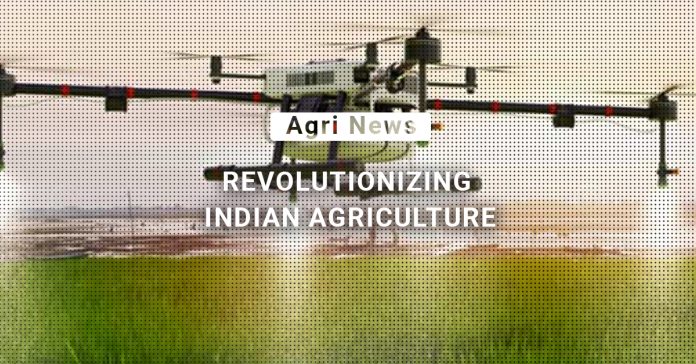A workshop was organized in Bhopal to promote the participation of women in agriculture through the Madhya Pradesh Farm Gate App and Agriculture Infrastructure Fund (AIF). The event was attended by government officials, agricultural experts and entrepreneurs, who discussed the benefits of the AIF scheme and MP Farm Gate App. The goal was to raise awareness and resolve doubts among participants, who included women farmers and agricultural businesses.
Overview
A workshop took place today at the Noronha Administrative Academy in Bhopal, during India’s presidency of the G-20, focusing on the Madhya Pradesh Farm Gate App and the Agriculture Infrastructure Fund (AIF), in line with the theme of ‘One Earth, One Family, One Future’. The event aimed to raise awareness about these tools and encourage women to get involved in agriculture. The workshop was attended by government officials, agricultural experts and business people who shared their knowledge and experiences with the audience. They discussed the benefits of using the MP Farm Gate App and the AIF and answered questions from attendees. The goal was to provide helpful information and guidance to women farmers and agricultural businesses and help them to make informed decisions about their involvement in agriculture. The workshop was designed to support and empower women in agriculture and help them take advantage of available resources.
Farmers, particularly women farmers are the main beneficiaries of the workshop on the Madhya Pradesh Farm Gate App and Agriculture Infrastructure Fund (AIF) in Bhopal. The event was aimed at increasing their participation in agriculture and providing them with useful information and guidance. The attendees learned about the benefits of using the MP Farm Gate App and the AIF. This gave the farmers an opportunity to learn about these tools and understand how they can be useful in selling their crops and accessing financing for their agricultural ventures. The question-and-answer session allowed farmers to ask questions and resolve any doubts they may have had. This workshop provided a valuable opportunity for women farmers to learn about the resources available to them and gain the knowledge they need to succeed in the agricultural industry.
Important points
- Workshop held in Bhopal to promote women’s participation in agriculture
- Highlighted the Madhya Pradesh Farm Gate App and the Agriculture Infrastructure Fund (AIF)
- Attendees included government officials, agricultural experts, and business leaders
- Discussed benefits of using the MP Farm Gate App and the AIF for agriculture
- Offered useful information and guidance for farmers to make informed decisions
- Farmers learned about the tools available to them to sell crops and access financing
- Valuable opportunity for women farmers to learn about resources and gain knowledge for success in agriculture.
Conclusion
The workshop held in Bhopal was a valuable opportunity for farmers, particularly women farmers, to learn about the Madhya Pradesh Farm Gate App and the Agriculture Infrastructure Fund (AIF) and how they can be used to support their agriculture ventures. The event brought together government officials, agricultural experts and business leaders to provide useful information and guidance. The farmers in the workshop were able to learn about these tools, ask questions and clear any doubts they may have had and gain knowledge about the resources available to them for success in agriculture. The workshop aimed to increase women’s participation in agriculture and provide a platform for them to grow and succeed in their careers. Overall, it was a beneficial experience for the farmers in attendance and a step towards a brighter future for women in agriculture.
Note: The information contained herein is for informational purposes only. Nothing herein shall be construed to be financial or legal advice. Pesticides are a considerable risk of loss in crops and viewers are advised to do their own research before making any decisions.




 As expected from, SACHIN NANDWANA, Co-Founder & Director,
As expected from, SACHIN NANDWANA, Co-Founder & Director, 




